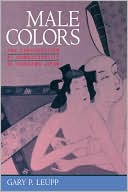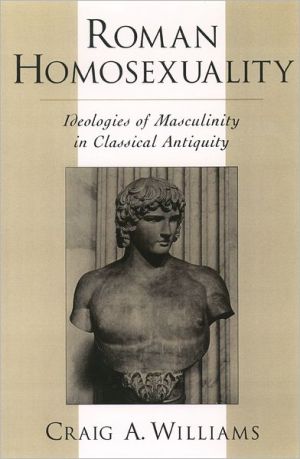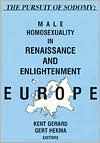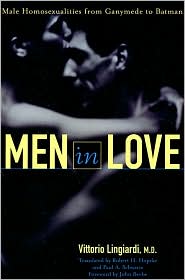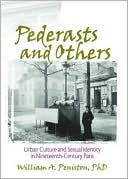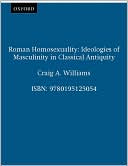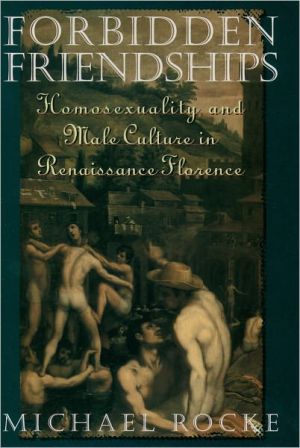Male Colors: The Construction of Homosexuality in Tokugawa Japan
Search in google:
"An invaluable resource for anyone seeking a history of the representation of homosexuality in Japan."—Sandra Buckley, author of Broken Silence: Voices of Japanese Feminism"Opens a window on the complex and varied patterns of sexual relations between males in early modern Japan. Imperative reading for anyone concerned with human sexual expression in social context."—David F. Greenberg, author of The Construction of Homosexuality"Nanshoku—male colors—as male same-sex eroticism and sexuality were known in early modern Japan, enjoyed an honored place in the life and mythology of the age, celebrated in art and literature with as much energy and enthusiasm as male-female eroticism. Unfettered by the moral opporbium that constrained—or concealed—male-male eroticism in Europe, male colors flew brightly in the public culture of urban Japan. Gary Leupp explores the practices and the cultural celebration of the Edo-era nanshoku tradition in this exuberant, sensitive, and yet dispassionate social and cultural history of male homoeroticism, the best modern scholarly study in English to date. Leupp ranges widely in a vast array of original literary, dramatic, and visual sources, which he brings to life with a finely textured use of comparative material from other traditions of male-male love both in East Asia and across the premodern world. Highly original and insightful, it will be standard reading for years to come."—Ronald P. Toby, author of State and Diplomacy in Early Modern Japan: Asia in the Development of the Tokugawa Bakufu Booknews Leupp (history, Tufts U.) examines male-male sex in early modern Japan, where it was not only tolerated, but celebrated much as in ancient Athens. He finds an explanation for its unusual prevalence not in the few men oriented toward exclusive homosexuality, but in social factors such as the absence of women from monasteries and their scarcity in samurai society and the cities, the culture surrounding kabuki theater, and the world of male prostitutes. Annotation c. Book News, Inc., Portland, OR (booknews.com)
List of IllustrationsIntroduction11The Pre-Tokugawa Homosexual Tradition11The Continental Traditions: China and Korea11Earliest Japanese References: Male-Male Sex at Court22Monastic Homosexuality27Homosexuality Among the Samurai: The Influence of Feudalism47Homosexuality Among the Samurai: The Influence of Monastic Pederasty51The Character of Pre-Tokugawa Nanshoku552The Commercialization of Nanshoku58The New Order and the Rise of a Culture of Prostitution58Homosexuality and Bourgeois Culture783Tokugawa Homosexual Culture94The Prevalence of Bisexuality95The Active-Passive Dichotomy109The Object of Desire122Egalitarian Homosexual Relationships137Social Status and Sexual Roles1424Social Tolerance145Acceptance and Criticism146Nanshoku and the Law156Nanshoku and Violence1645Nanshoku and the Construction of Gender171Three Distinctive Features of Nanshoku171The Fascination with Androgyny172The Acceptance of Male Sexual Passivity178Women's Roles and the Insertee's Role182Women's Iro187The Taboo Against Male-Male Fellation191Nanshoku and Heterosexual Romance194Conclusions and Speculations198Appendix: A Boor's Tale205List of Characters219Notes227Bibliography279Index303
